Nikkei Chronicles #11—Itadakimasu 3! Nikkei Food, Family, and Community
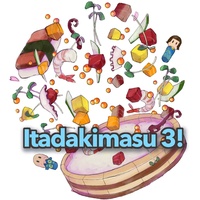
The theme of the 11th edition of Nikkei Chronicles—Itadakimasu 3! Nikkei Food, Family, and Community—takes a look at several questions, such as: How does the food you eat connect your Nikkei community? What kinds of Nikkei recipes have been passed down from generation to generation? What is your favorite Japanese and/or Nikkei dish?
Discover Nikkei solicited stories related to Nikkei food from May to September 2022. Voting closed on October 31, 2022. We received 15 stories (8 English; 1 Japanese; 6 Spanish; and 1 Portuguese) from Brazil, Canada, Peru, and the United States, with one submitted in multiple languages.
An editorial committee chose a favorite story in each language. In addition, a Nima-kai favorite was determined by online community voting. Here are the selections!
Editorial Committee’s Favorites
- ENGLISH:
Food for Thought—TikTok & Tamagoyaki - By Kyra Karatsu
- JAPANESE:
Intercultural Communication Through Sushi
By Keiko Fukuda - SPANISH:
Nantu, the Mochi from Uchina
By Roberto Oshiro Teruya - PORTUGUESE:
Japanese-Brazilian Food: Japanese Cuisine with a Brazilian Touch
By Meiry Mayumi Onohara
Nima-kai Favorite:
- 18 Stars
Japanese-Brazilian Food: Japanese Cuisine with a Brazilian Touch
By Meiry Mayumi Onohara
To learn more about this writing project >>
*This series is presented in partnership with:

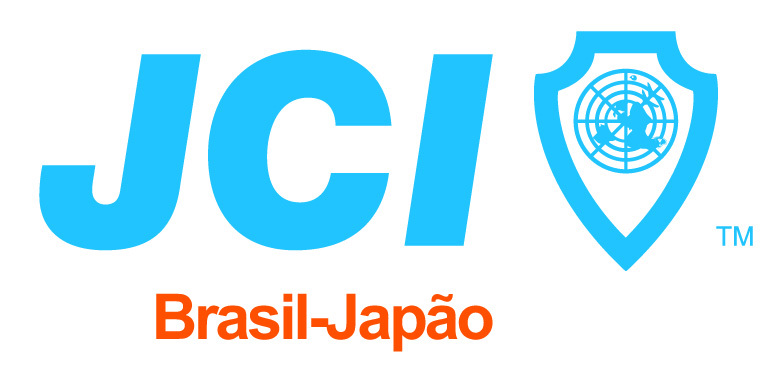

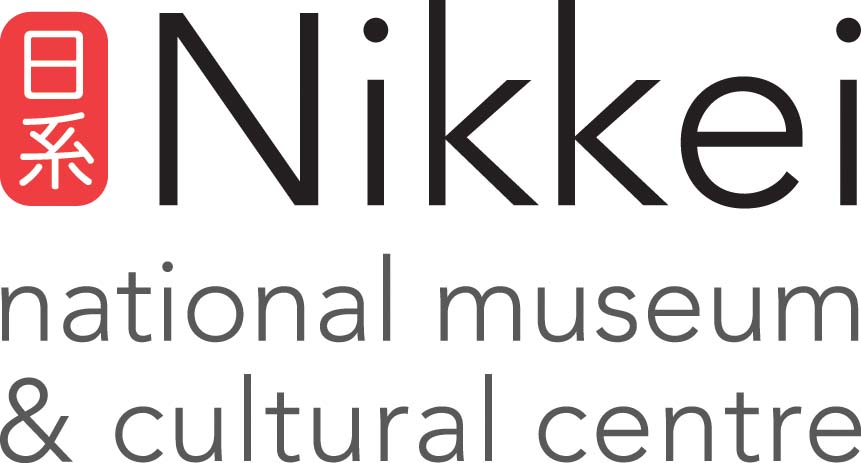
Check out these other Nikkei Chronicles series >>
*Logo design by Jay Horinouchi
Stories from this series
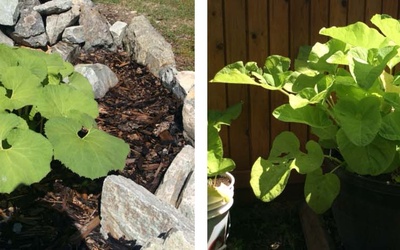
Canadian Nikkei Comfort Food
Sept. 4, 2022 • Chuck Tasaka
I previously wrote an article on Nikkei food that was uniquely Japanese Canadian: kan-ba-lando chow mein that evolved in the coal mining town of Cumberland, B.C., and Denbazuke from New Denver internment camp. Fuki is symbolic of Japanese immigration. In the late 1800’s, when poor people from rural villages came to Canada or Amerika, for some reason they brought this insignificant root that is grown on the hillside of Japan. My theory is that perhaps these villagers thought that there …
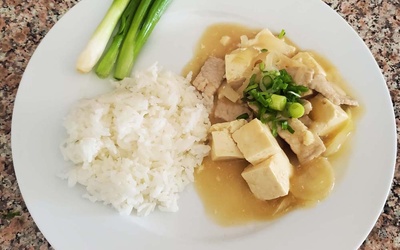
Butadofu
Aug. 26, 2022 • David Sato
I grew up in an essentially white community. My exposure to Japanese culture was limited to my parents, as my friends and community were not Japanese. Growing up in the 60’s, I was admonished to assimilate and not to be different. What did maintain my link to Japanese culture was food. Growing up, I remember my mother, Irene, cooking a lot of Japanese dishes, most from memory without measuring ingredients. She cooked many Japanese and Hawaiian dishes: tonkatsu, hot rice …

Ramen and its pioneer in Peru, 11 years later
Aug. 22, 2022 • Enrique Higa Sakuda
When Tokio Ramen restaurant opened in 2011, Japanese noodle soup was unknown in Peru. Today, eleven years later, former dekasegi Juan Carlos Tanaka estimates that more than 30 restaurants in Lima offer it. A pioneer in the spread of ramen in the Peruvian capital, the Nikkei chef observes with satisfaction its popularization in a situation marked by the blows of the pandemic and the future opening of a new establishment. While preparing his rentrée, still recovering from the impact of …

Intercultural Communication Through Sushi
July 18, 2022 • Keiko Fukuda
A Variety of Sushi Chefs As a writer based in the United States, I’ve interviewed quite a lot of sushi chefs. Some came to America after finishing their training or gaining experience in Japan, and others became sushi chefs after they came to America. Some had pride in sticking with the traditional Edo-style, and others were more free from traditions and flexible in making the sushi that their customers would request, the different style of sushi such as rolls that …
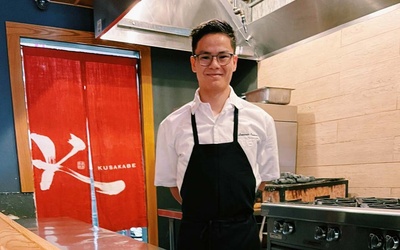
Leonardo Oyakawa: cooking his way
July 13, 2022 • Javier García Wong-Kit
When he lived in Lima, no arrow or sign indicated to him that the path to his professional future would be in the kitchen. Although he liked to make desserts, as soon as he finished school he moved to Florida, United States, and started working as a cashier at a gas station. “My first experience in the kitchen was as a waiter, when the Peruvian Nikkei chef Oscar Noborikawa invited me to see how he prepared sushi.” His skill with …
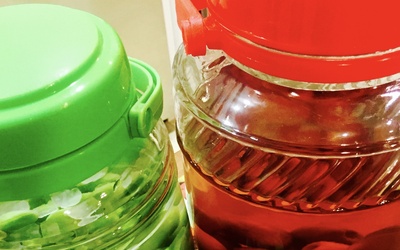
Umeshu: Drinking Past and Present
July 11, 2022 • Cody Uyeda
Every summer I drive to the local Japanese markets to look for them—the small, green ume that are only in season a couple weeks each year. Through the cool blast of air from the store’s sliding doors, I make a beeline for the produce section feeling excited and nervous, never knowing whether the ume will actually be in stock yet, or if I’ve miss-timed my arrival by a few days or a week. Sometimes the mission is a failure and …
 We’re looking for stories like yours!
Submit your article, essay, fiction, or poetry to be included in our archive of global Nikkei stories.
Learn More
We’re looking for stories like yours!
Submit your article, essay, fiction, or poetry to be included in our archive of global Nikkei stories.
Learn More
New Site Design
See exciting new changes to Discover Nikkei. Find out what’s new and what’s coming soon! Learn MoreChiana Fujiwara is a fifth generation Japanese American, fifth generation Mexican American, and second generation Chinese American college student from southern California majoring in Psychology. Having strong connections to Japanese American Internment during World War II, she has since developed a passion for further researching the stories of her family as well as the general period and its impacts at large. Other hobbies include ancient Chinese poetry and everything that has to do with history.
Updated October 2023
After graduating from International Christian University, Keiko Fukuda worked at a publishing company for an information magazine in Tokyo and moved to the U.S. in 1992. She served as Editor-in-Chief of a Japanese information magazine in Los Angeles until 2003 and transitioned to freelance work that same year. She conducted interviews with various people and reported on topics such as education in the U.S. and Japanese food culture. In 2024, she relocated her base to her hometown of Oita and has continued her reporting and writing online. Website: https://angeleno.net
Updated October 2024
Javier García Wong-Kit is a journalist, professor, and director of Otros Tiempos magazine. Author of Tentaciones narrativas (Redactum, 2014) and De mis cuarenta (ebook, 2021), he writes for Kaikan, the magazine of the Japanese Peruvian Association.
Updated April 2022
Enrique Higa is a Sansei (third-generation or grandchild of Japanese immigrants) from Peru. He is a journalist and Lima correspondent for International Press, a Spanish-language weekly paper published in Japan. He is also a co-editor and writer for Kaikan magazine, published by the Japanese-Peruvian Association.
Updated July 2024
Kyra Karatsu was born and raised in Santa Clarita, CA. She is currently a first-year Journalism student at College of the Canyons in Valencia, CA and hopes to transfer to a university after the completion of her AA degree. Kyra is a Japanese-German Yonsei and enjoys reading and writing about the Asian American experience.
Updated January 2021
Chris Komai is a freelance writer, who has been involved in Little Tokyo for more than four decades. He was the Public Information Officer of the Japanese American National Museum for over 21 years, where he handled public relations for the organization’s special events, exhibitions and public programs. Prior to that, Komai worked for the Japanese-English newspaper, The Rafu Shimpo, for 18 years as a sports writer, sports editor, and English editor. He still contributes articles to the newspaper and writes for Discover Nikkei on a variety of topics.
Komai was Past Board Chair for the Little Tokyo Community Council and is currently First Vice Chair. He also serves on the Little Tokyo Public Safety Association board. He has been a member of the Southern California Nisei Athletic Union Board of Directors for basketball and baseball for almost 40 years and sits on the Board of the Nikkei Basketball Heritage Association. Komai earned a B.A. degree in English from the University of California at Riverside.
Updated December 2019
Yuki Nakandakari is a Peruvian chef who has directed the restaurants “Chalaco's” in Philadelphia, “Pisco” in Baltimore, “Ocopa” in Washington DC and the “Lima's Chicken” chain, among others. He is currently promoting the first Cevicheria Pop-Up concept in the USA with “Ceviche Brothers”. Host of the first Peruvian Talk-Show in the US “Loreando Entre Causas”. Contributor to influential radio stations, magazines and newspapers in the United States, as well as winner of various recognitions for his professional career. He has participated in gastronomic fairs such as “Perú Fusión” NJ and “Perú to the World Expo” NY, where he was distinguished on the list of “Top Peruvian Chef in the USA 2021” and the TV program Sabor & Fusión by SurPeru. Member of the 2022 Board of Directors of the Peruvian American Chefs Association PACH.A. and Culinary Director of Top Peruvian Chef. The prestigious international gastronomic guide Michelin included it in its 2017 Washington DC edition.
Last updated September 2022
Meiry Mayumi Onohara received a degree in Letters and Accounting from the Federal University of Uberlândia, Brazil, and she is currently a Master’s student in Accounting at the same university. She is a Nisei on her father’s side and a Sansei on her mother’s side. Her father is from Saga-ken and her mother’s family came from Kobe. She used to be a Portuguese language teacher, but today she manages the family business.
Updated May 2022
Roberto Oshiro Teruya is a 53-year-old Peruvian of the third generation (Sansei); his parents, Seijo Oshiro and Shizue Teruya, both came from Okinawa (Tomigusuku and Yonabaru, respectively). He lives in Lima, the capital of Peru, where he works in the retail clothing business in the city's downtown. He is married to Jenny Nakasone and they have two children Mayumi (23) and Akio (14). He has a deep interest in continuing to preserve the customs inculcated by his grandparents, including cuisine and the butsudan, and hopes his children will do the same.
Updated June 2017
David Sato is a Sansei born and raised in Southern California. His father was a General Practitioner in Little Tokyo. His mother was raised in Hawaii and married his father just prior to being shipped to the camps in 1942. Sato felt fortunate in his opportunity to become a cardiologist in Burbank, where he practiced for 36 years. He now runs a Multi-specialty Medical Group for Providence Health and Services.
Updated August 2022
Mya Sánchez Penedo is a Peruvian communicator with a major in journalism. In 2022, it obtained second place in the Reduction of Inequalities category of the first Responsible Journalism Contest. She has worked as a gender journalist in the independent media La Antígona. Currently, he is a Press Assistant at the Peruvian-Japanese Association.
Marsha Takeda-Morrison is a writer and art director living in Los Angeles who drinks way too much coffee. Her writing has been published in the Los Angeles Times, Parents, Genlux, Niche, Mom.com, and other lifestyle, education, and parenting publications. She also covers pop culture and has interviewed the likes of Paris Hilton, Jessica Alba, and Kim Kardashian. While she spends a lot of time in Hollywood she has never had plastic surgery, given birth to an actor’s child, or been on a reality show. Yet.
Updated May 2023
Chuck Tasaka was born in Midway, B.C., but he spent most of his life growing up in Greenwood, B.C., the first Japanese Canadian Internment site. Grandfather Isaburo lived in Sashima, Ehime-ken, immigrated to Portland, Oregon in 1893, then to Steveston and came with his wife Yorie to settle on Salt Spring Island in 1905. They decided to return to Sashima permanently in 1935. Chuck’s father Arizo was born on Salt Spring Island but lived in Sashima during his youth. His mother was born in Nanaimo, B.C., but was raised in Mio-mura, Wakayama-ken. Chuck attended University of B.C. and became an elementary teacher on Vancouver Island. After retiring in 2002, Chuck has spent most of his time researching Japanese Canadian history and he is presently working on the Nikkei Legacy Park project in Greenwood.
Updated September 2024
Cody Uyeda is a fourth generation Japanese American living in Southern California. He has a BA and JD from USC and an Ed.M from HGSE, and currently works in educational research and the Asian American nonprofit space.
Updated July 2022
Arturo Wakabayashi is a civil engineer. He is a third generation Nikkei, born in Lima. Paternal grandparents are immigrants from Shigaken , and maternal grandparents are immigrants from Yamagataken.
Last updated September 2022

Discover Nikkei Updates



See exciting new changes to Discover Nikkei. Find out what’s new and what’s coming soon!















